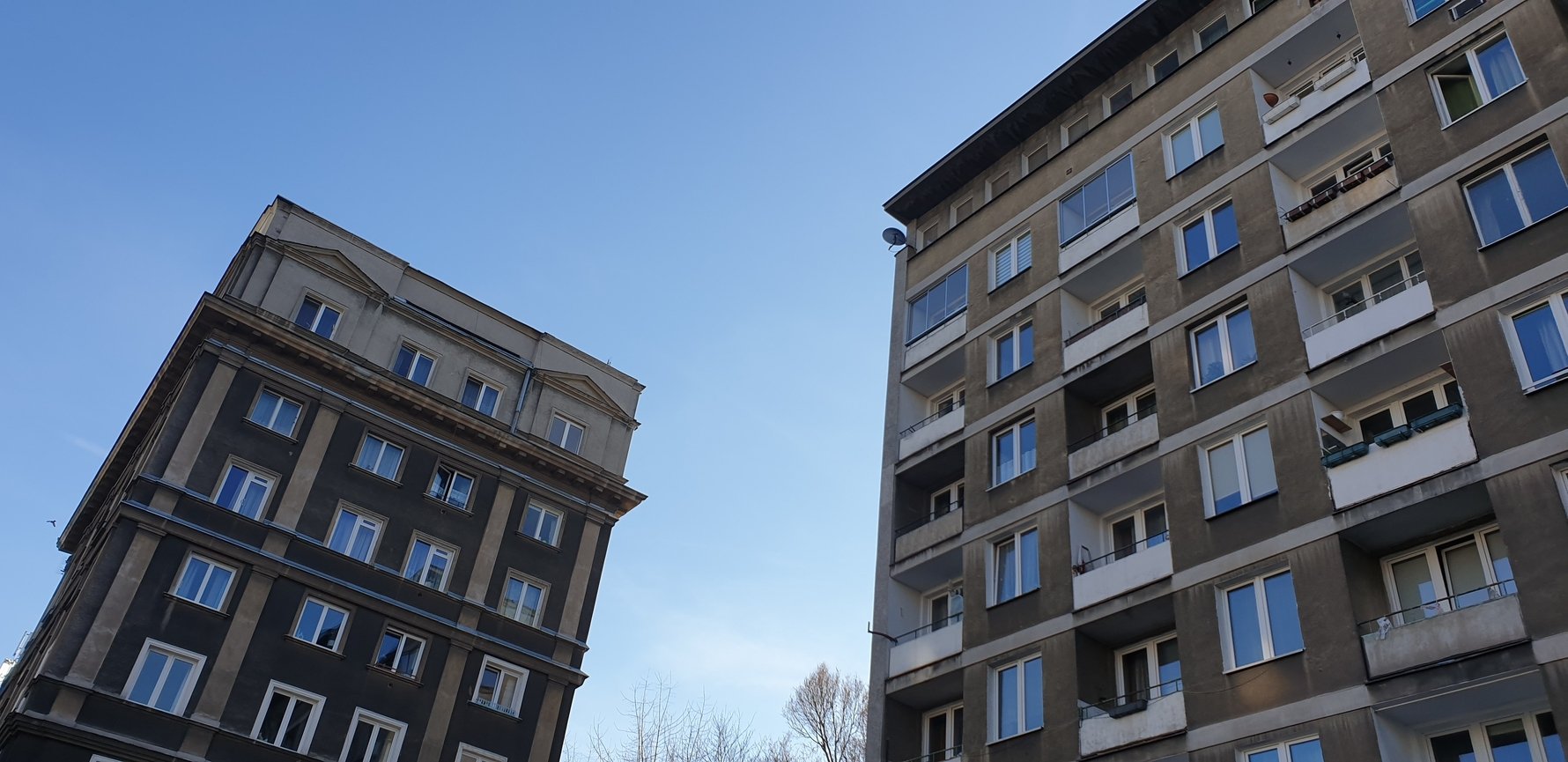
There are also numerous curious historical architectural marvels in these districts like the socialist realist housing estates that were built on the rubble of the Jewish Ghetto. Designed by Bohdan Lachert the estates sprang up between 1948 and 1956, constructed using smashed rubble that was hastily glued together – if you notice any cracks in the walls, that’s the reason. Any broken bricks deemed too unsuitable for this purpose were simply left heaped together, hence the preponderance of overgrown artificial rises. The crowning piece of the residential development was and is Kino Muranów, in business since 1951. Situated on the corner of al. Solidarnorsci and ul. Gen. Andersa it’s known for its edgy programme, so much so that it won the Europa Cinema Prize for best repertoire in 2003. Right in front is a fountain dating from 1866. Originally positioned on Pl. Bankowy it was moved to its current location in 1951.
There’s plenty more to see hiding behind the greying 50s relics. Take for example the pair of churches on al. Solidarnosci. Firstly there’s the Evangelical Reform Church. Built in 1766, it’s a towering beauty. Further on there’s the Church of Nativity, remarkable for the fact that it was dismantled brick by brick and shifted 20 metres as part of a post-war program to widen Solidarnosci. Another ecclesiastical marvel can be found on Nowolipie 18; amateur historians will recognise St. Augustine’s instantly as the only structure to survive the Nazi crusade to flatten the Jewish Ghetto. Built originally to serve as a church for Jews who had converted to Catholicism it was spared the dynamite so German snipers could use it to pick off any survivors hiding amid the ruins.

However perhaps the most startling contrast between old and new can be illustrated by the retail opportunities on offer. On the one hand you have the Westfield Arkadia Shopping Mall, lauded by some as the best in Poland, while on the other you have Hala Mirowska on the corner of ul. Jana Pawła II and ul. Elektoralna. Consisting of two narrow brick halls the pair of buildings were constructed between 1899 and 1901 on the instruction of Russian mayor Nikolai Bibikov. Functioning as Warsaw’s largest market up until 1944 things took a turn for the worse with the outbreak of the Warsaw Uprising. A plaque commemorates the civilians who were lined up and shot by the Nazis, and the halls didn’t fare much better. Though ravaged by fire the walls refused to give way and the buildings served as a bus depot in the immediate post-war years. A program of restoration followed and Hala Mirowska returned to its original purpose. Today it is notable for the bank of flower stalls outside, as well as the lines of gnarled peasants selling jars of mushrooms out of the back of vans.


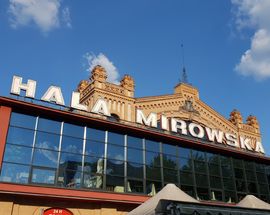
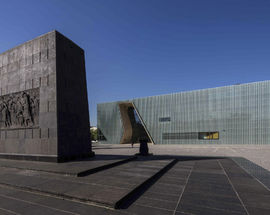
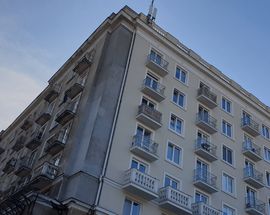
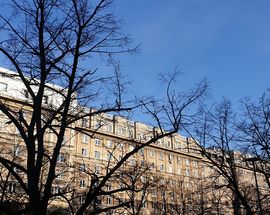
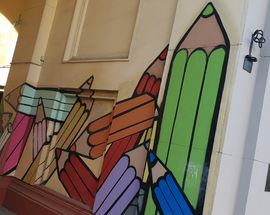
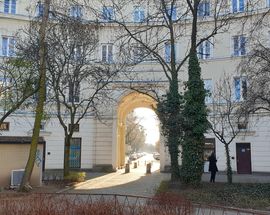
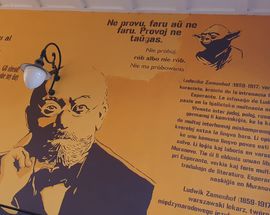
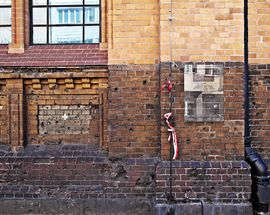

Comments